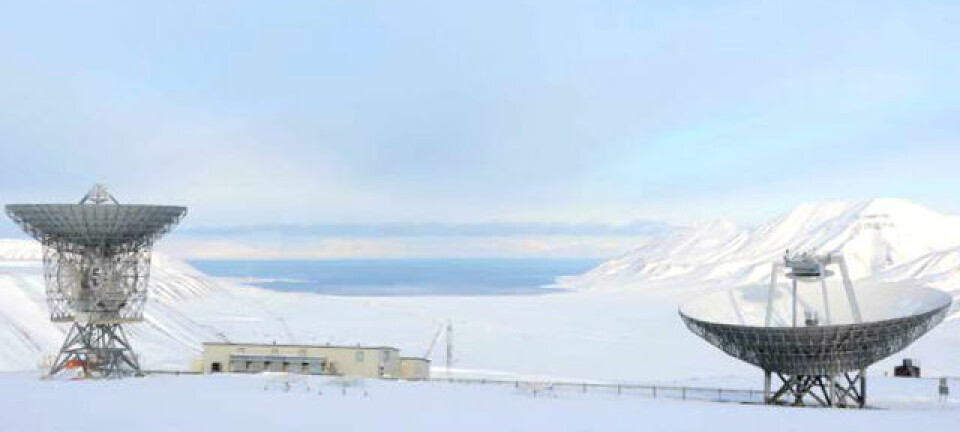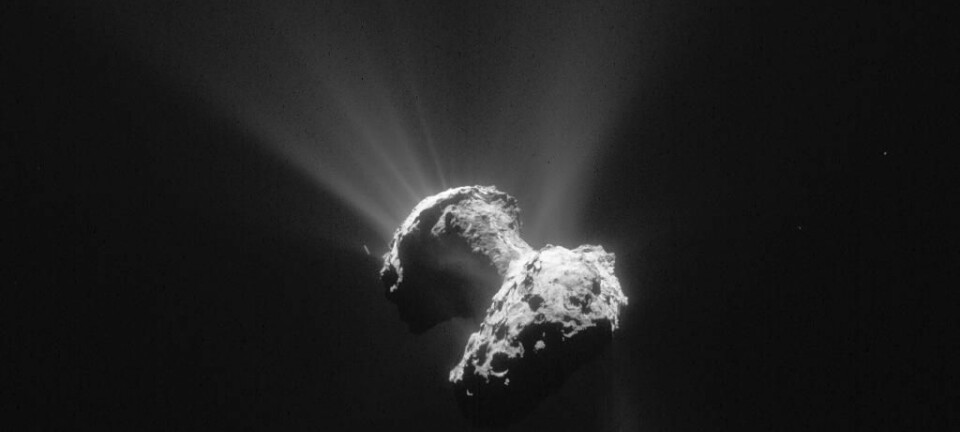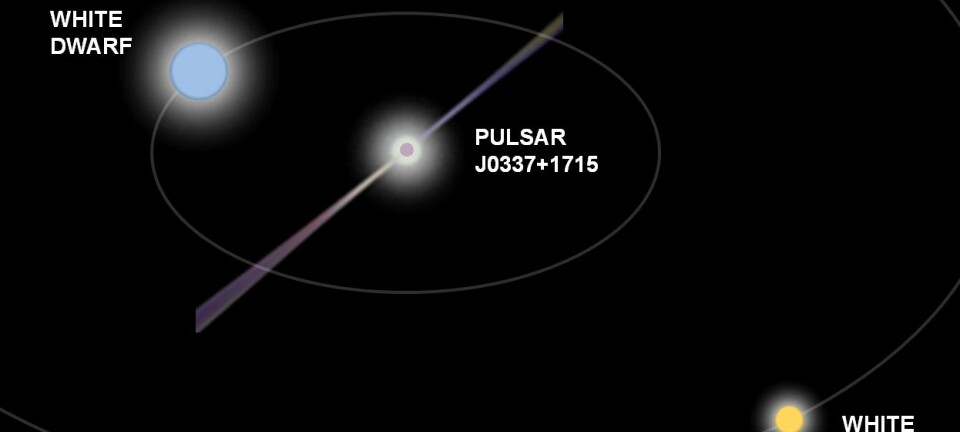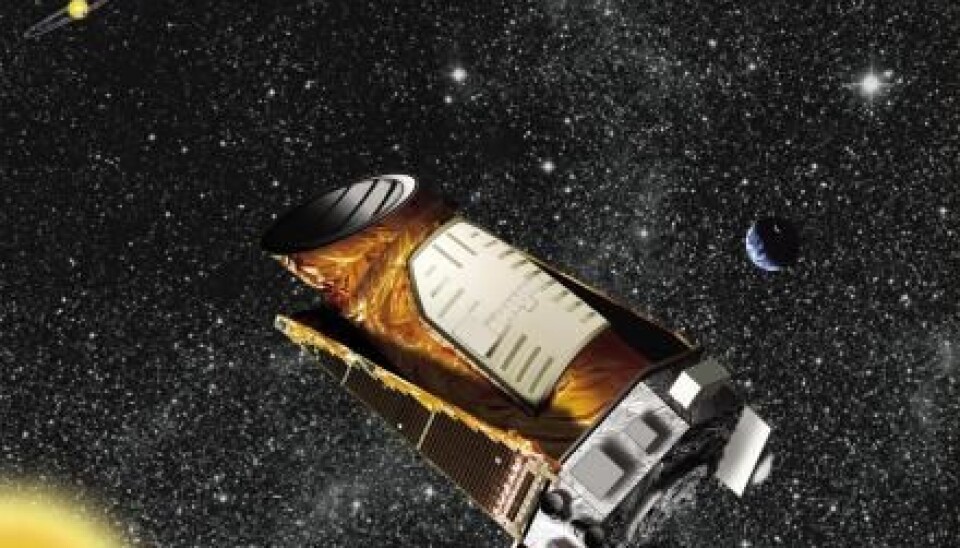
History of the Milky Way revealed: The age of distant planets
Until now, scientists knew the age of only a few distant planets. But new research provides precise dates for 33 stars and their planets.
In recent years, astronomers have discovered hundreds of new planets from distant parts of our galaxy, the Milky Way.
Our knowledge of most of the new planets is sparse, but now scientists have dug into the planetary past to identify the age of many of these so-called exoplanets (see fact box).
"It is the first time we have determined the age of such a large group of planets. So far, we had only measured the exact age of a handful of exoplanets, but now we have done it for 33 stars and their planets,” says Victor Silva Aguirre, assistant professor at the Stellar Astrophysics Centre at Aarhus University in Denmark.
“Some of these stars are much older than the Sun, whilst others are a bit younger. This tells us that planets have been created throughout the galaxy's history," he says.
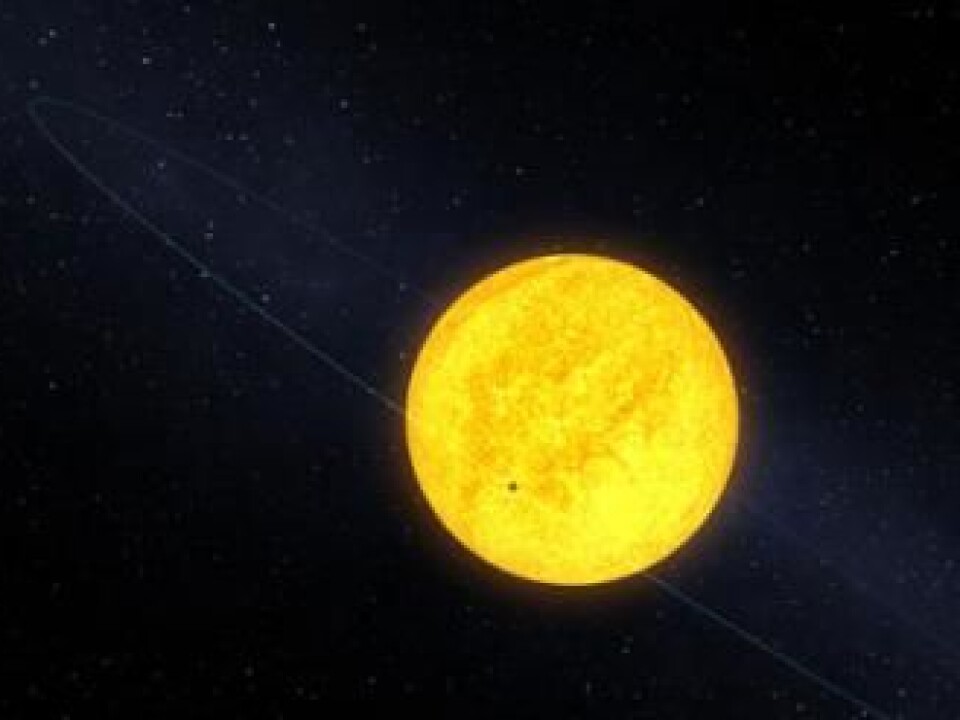
Aguirre was the lead scientist of the new research, published in the scientific journal Monthly Notices of the Royal Astronomical Society (MNRAS).
Researcher: Great work
At the University of Copenhagen, associate professor Uffe Jørgensen Gråe, is excited about the new study.
"Their work is great because it gives us a fundamental insight into how our own solar system has evolved compared to others. They have measured the age of the planets with the best possible method," says Jorgensen, who studies planets at the Niels Bohr Institute at the University of Copenhagen.
According to Jorgensen, who was not involved with the study himself, the new results also provide insights into the size of the stars and their planets.
"They have determined the radius, density, and age of the planetary stars. This is absolutely fundamental to understand each of the individual stars and planets," says Jørgensen.
New results hints at planet's potential for life
According to Aguirre, the new study also provides insight of the potential for life to exist on any of the planets.
"When you are searching for life in space, you look for planets resembling Earth. Therefore, among other things you have to know how old a planet is. We know that the earth was created about 4.5 billion years ago, but life arose only later," says Aguirre.
He points out that some of the 33 stars identified in the new study, have more than one planet in orbit around them, so a total of 56 exoplanets are included in the study. Some of the planets are only half as old as the Earth, while others are up to two and half times older.
"We find stars and planets of all ages," says Aguirre.
In terms of size, previous research showed that whilst some of the 56 planets are smaller than Earth, some are up to 10 times as large.
Based on data from the Kepler
The new study is based on data collected by the Kepler telescope, currently flying around in space.
Kepler cannot directly observe exoplanets. Unlike stars, they are not illuminated in space. So, scientists can only detect them as they orbit around their star and cast a shadow as they pass by.
But when you cannot even see the planets directly, how do you measure their size and age?
According to Aguirre you do this using a method called astroseismology.
Looking at starquakes
Astroseismology is the study of stellar vibrations -- so-called starquakes, resembling the more familiar earthquakes.
"Space telescopes like Kepler can measure these starquakes because the light from the star changes when the star's surface is moving back and forth," says Aguirre.
Measuring the light emitted by the star gives scientists information about the vibrations at its surface, and this can provide clues about the star’s age.
Aguirre explains that once you have found the stellar age, then you also know the age of the planets orbiting it.
"It is estimated that the planets have the same age as the stars they orbit around. Earth, for example, is the same age as its star, the Sun, because they formed from the same cloud of gas," says Aguirre.
Starquakes can tell us the age of stars
The fusion processes that are continuously active inside stars help to calculate a star’s age.
During this process, hydrogen is converted to helium. So, the older the star, the more helium it contains.
Furthermore, the chemical composition of a star will determine how the star's surface shakes. In other words, starquakes tell us not only about the star’s chemical composition, but also how old it is.
"The researchers in Aarhus are leading the world in determining stellar ages using astroseismology. And it is the most accurate method we have to determine the age of the individual stars," says Jørgensen.
Far greater precision in measurements than other methods
Aguirre agrees with this.
"It is very difficult to determine stellar ages. There are other ways to do it, but they are not as precise as astroseismology," he says.
"With astroseismology we can achieve a margin of error of 15 per cent, but other methods have much larger uncertainties where the margin of error can easily reach 50 per cent or more," says Aguirre.
--------------
Read the Danish version of this article on Videnskab.dk
Translated by: Catherine Jex
